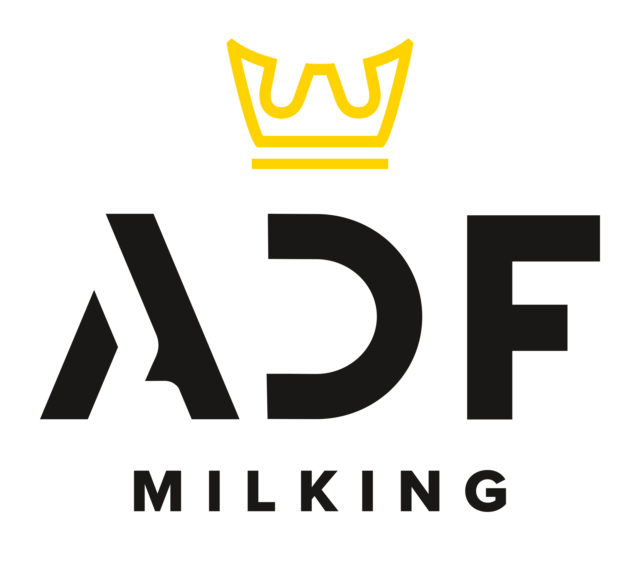Dairy processing capacity is often cited as a major concern looming over the progress of Canada’s dairy industry because it is considered, by many accounts, to be stretched to near its limits. However, increasing processing capacity is no small feat; rather, it is one that necessitates massive capital investment, time, careful planning and – often – provincial support. Excitingly, the past several months have brought announcements of significant dairy processing investment across the country, offering some level of relief to these concerns.
Fraser Valley plant expansion
In April, it was announced that Vitalus Nutrition Inc. will begin expansion of its Abbotsford processing facility, fueled by a $25-million-dollar pledge from the British Columbian government. In a little over two years, a 6-acre parcel of land will be home to a 143,000-square-foot state-of-the-art facility, helping alleviate the strain of the province’s current dairy processing plants, which are all running near or at capacity, says Vitalus President and Chief Executive Officer Philip Vanderpol.
“[The new plant] will allow us to quadruple our capacity and allow us to produce a range of products including specialty dairy ingredients and butter, and to do so to the highest hygienic standards required not only today but anticipating what the needs will be well into the future,” Vanderpol shares. He says this will help address the imbalance of butter production and consumption within the province, making western Canada self-sufficient in butter production, eliminating the need to import it from Ontario or Quebec. It will also lower the environmental footprint of butter consumed in the region due to reduced transport emission, in addition to the plant’s planned energy reduction technology and water reuse systems.
The plant is expected to dramatically increase the province’s dairy product production level and create 100 “family-supporting” jobs for highly skilled workers. This expansion, Vanderpol says, is critical to supporting future growth of the dairy industry. “There needs to be more processing capacity and that's what [the new plant] really contributes – to be able to do that and to do it at a scale that allows us to be very efficient and employ the latest technology, automation, etc., so we can be very competitive,” he explains.
“To be able to see this type of project, the most significant investment in dairy processing in Canada in many years, being done in our home province, that’s huge,” Vanderpol says.
Dairy Innovation West underway in Alberta
Next door, in Alberta, processing capacities are also getting an upgrade.
Dairy Innovation West (DIW), a $75-million-dollar project, will see the construction of a milk concentration plant in Lacombe County. Projected to open in early to mid-2025, the plant will employ 20 highly specialized, full-time workers and process 300 million litres of milk per year, at full capacity.
The uniqueness of the plant lies in its inception and attempt at solving transportation-related concerns. “As [the Western Milk Pool] supports processing expansions, the cost of transporting milk to those expansions is going to get larger and larger, which leads us to ask: 'What can we do about that?' That is where the idea of the DIW was born,” says Henry Holtmann, chair of DIW.
Thus, to mitigate transportation emissions, availability concerns and costs, the plant will focus on processing techniques like reverse osmosis and ultrafiltration to either concentrate components of the milk and/or remove the water and then deliver that product (without the water) to a processing partner. Once received by these processing partners, further efficiency benefits can be gleaned. “When we do ultrafiltration, for instance, the concentration of – let's say – proteins help things like cheese yield,” Holtmann explains. Conversely, reverse osmosis processing removes water from the milk, which Holtmann says allows processors to receive the milk’s components without the water. This water is then reused by DIW for things like facility cleaning, allowing them to minimize their reliance on municipal water sources.
Once fully operational, DIW is anticipated to remove 4,500 transport trucks from the road annually.
“Expansion of processing in western Canada to close to 1 billion litres is attractive for all the West – not only Alberta – as we really share the markets and revenues in western Canada. It supports those expansions, and really, it helps farmers grow their quotas. Locally, what does that mean? It means farm quota grows to meet market demand, and [farmers] are going to add on to their barns and are going to milk more cows. This has a really big effect, not only where DIW is being built, but it'll be felt across the 1,300 farmers and their communities [in western Canada],” says Holtmann of his expectations for the plant’s broader impact.
Newfoundland and Labrador farmers form cooperative
Late last year, a group of 19 dairy farmers in Newfoundland and Labrador entered a binding agreement to purchase Central Dairies, a branch of Quebec-based Agropur, to localize ownership of the processor – supported by a $10 million loan from the provincial government.
John Moores, chief operating officer of the Newfoundland and Labrador Dairy Co-operative that has formed as the buyer of Central Dairies, says the province is unique in its remote location, and localizing the ownership of one of the province’s primary processors will allow dairy producers in the province to create and act upon new opportunities to grow the sector. But, in the more immediate term, Moores says their goal is to “have a seamless transition for all of our customers.”
Still in the transition phase, the formation of the Newfoundland and Labrador Dairy Co-operative will create 12 new jobs in the province. Moores also says it should reassure Newfoundland and Labrador residents of their access to and availability of food. “From a food security perspective, in terms of the products that we manufacture today, the consumer shouldn't see any change. Over time, as we look for areas to grow the business, we might see products that haven't been typically manufactured within the province come into play, but that is longer-term,” he explains.
As processing capacity limitations remain an ongoing concern for Canadian dairy farmers and milk marketing boards, dairy sector stakeholders are listening. Significant investments, from east to west, prove there are strong attempts to tackle this issue without sacrificing the ability to meet evolving expectations of processing facilities’ broader impacts.











